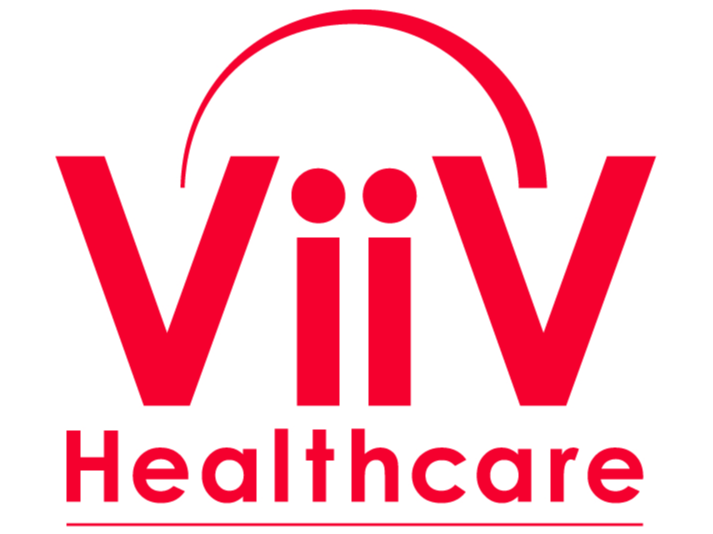Drug information
Cabotegravir Ultra Long-Acting (CAB-ULA), Cabotegravir Once Four-Monthly (CAB Q4M)
Not provided
Small molecule
Cabotegravir ultra long-acting (CAB-ULA) is an investigational injectable formulation that exhibits potential as extended-interval HIV pre-exposure prophylaxis (PrEP) and treatment. A Phase I, open-label, dose-escalation study assessed CAB-ULA's pharmacokinetics and safety in healthy adults compared to the standard 200mg/mL long-acting injectable cabotegravir formulation (CAB-LA). The maximum observed plasma concentration of CAB-ULA, regardless of route of administration, was lower than intramuscular (IM) CAB-LA at the same dose level, indicating slower absorption of CAB-ULA and the potential for four-monthly (Q4M) dosing. The projected half-life of subcutaneous CAB-ULA and IM CAB-ULA was six times greater and two times greater, respectively, than the half-life of IM CAB-LA.
CAB-ULA is not approved in any jurisdiction. ViiV Healthcare is currently conducting a registrational study of CAB-ULA that began in 2024 to further evaluate its use for HIV PrEP in adults. Future areas of study will include its potential use in combination with other medicines as a complete, ultra long-acting HIV treatment regimen. The 1st Half (Interim period) of Fiscal 2024 Financial Results Report (Page 31) from Shionogi indicated a preliminary 2026 file and launch date for single-agent CAB-ULA PrEP, and in combination with Rilpivirine for HIV treatment in 2027.
Successful development of ultra long-acting formulations (e.g. CAB-ULA) may extend the patent protection period for cabotegravir for new LA medicines, formulations and regimens.
Therapeutic area(s)
- HIV
- Pre-Exposure Prophylaxis (PrEP)
- Treatment
Administration route
Subcutaneous, Intramuscular, To be determined
Associated long-acting platforms
Aqueous drug particle suspension
Use of drug
- Administered by a community health worker
- Administered by a nurse
- Administered by a specialty health worker
Not provided
Dosage
Formulation is in clinical development but not yet approved or commercially available. Pharmacokinetic simulations predict that a 1600 mg/3mL IM dose would be sufficient for a Q4M dosing schedule.
Once every four months (Q4M)
1600 mg (2.7x CAB-LA)
Phase I trial evaluating safety and pharmacokinetic profile used doses at 800 mg, 1200 mg, and 1600 mg at four monthly intervals.
Not provided
Not provided
Formulations
Compare
Cabotegravir Stearate (M2CAB)
Cabotegravir Ultra Long-Acting (CAB-ULA)
Cabotegravir and Rilpivirine
Associated technologies
Not provided
Comment & Information
Developer(s)

ViiV Healthcare is a pharmaceutical company that specializes in the development of therapies for HIV infection. The company is headquartered in Brentford in the United Kingdom and was initially formed in November 2009 as a part of a joint venture between GlaxoSmithKline and Pfizer.
Drug structure
Scale-up and manufacturing prospects
CAB-ULA is a novel formulation developed by ViiV Healthcare that doubles the concentration of cabotegravir, exhibits favourable tolerability and safety, with a PK profile that supports dose intervals of ≥4 months. Detailed manufacturing information regarding the new CAB-ULA formulation is not yet available.
Not provided
Not provided
Not provided
Excipients
Not provided
Not provided
Not provided
Delivery device(s)
No delivery device
There are either no relevant patents or these were not yet submitted to LAPaL
Publications
There are no publication
Additional documents
No documents were uploaded
Collaborate for development
Consider on a case by case basis, collaborating on developing long acting products with potential significant public health impact, especially for low- and middle-income countries (LMICs), utilising the referred to long-acting technology
Share technical information for match-making assessment
Provide necessary technical information to a potential partner, under confidentiality agreement, to enable preliminary assessment of whether specific medicines of public health importance in LMICs might be compatible with the referred to long-acting technology to achieve a public health benefit
Work with MPP to expand access in LMICs
In the event that a product using the referred to long-acting technology is successfully developed, the technology IP holder(s) will work with the Medicines Patent Pool towards putting in place the most appropriate strategy for timely and affordable access in low and middle-income countries, including through licensing
